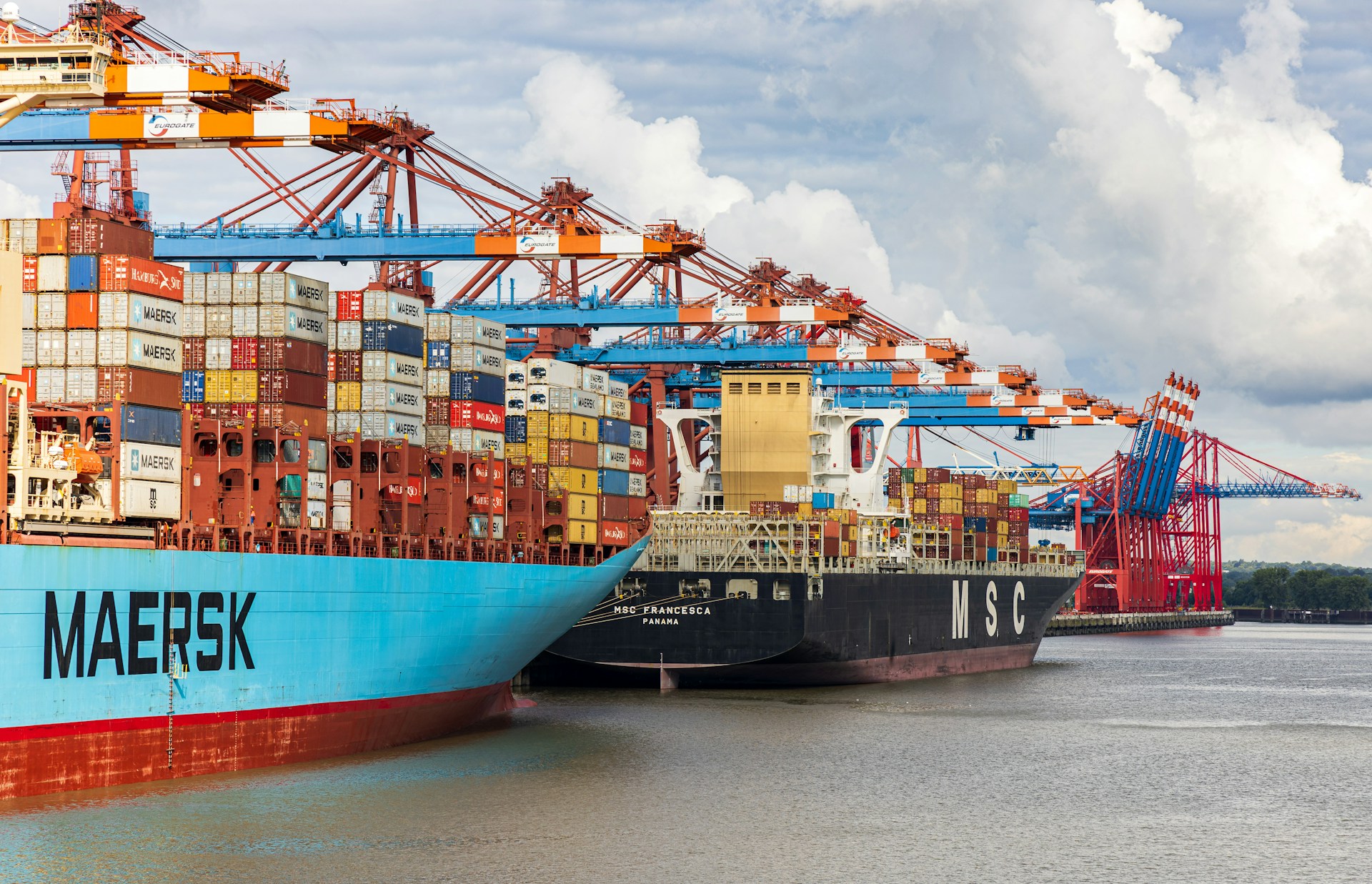Ukrainian Hryvnia: High Risks and Continuous Appreciation
The Ukrainian currency is one of the most risky currencies in the world, yet in the last year it has appreciated by over 10%
Published by Luigi Bidoia. .
Exchange rate Exchange rate risk Exchange ratesIn the last few days, Ukraine has been in the spotlight for the concrete step towards peace with Russia, thanks to the exchange of 35 prisoners on each side. The whole world congratulated Kiev and Moscow: from US president Trump and German Chancellor Merkel, to EU institutions. The exchange rate of the hryvnia has recorded this favorable moment, appreciating by 1.3% appreciation against the dollar and 0.7% against the euro in the last week.
This appreciation is part of a long trend that began at the end of 2018. The exchange rate of the hryvnia against the dollar fell from 28.4 on September 4 2018 to the current values of 24.8, with an appreciation of 12%. Public debt securities in hryvnia yielded almost 20% last year, while their yield in dollars was close to 30%, placing Ukrainian government bonds among the most profitable investments in 2019.

There is no doubt that high returns have sustained foreign capital inflows, contributing to strengthening the currency. However, the high exchange rate risk that still characterizes the Ukrainian currency should be pointed out. As a matter of fact, the model developed by StudiaBo places the hryvnia in 115th position for exchange rate risk (on a ranking of 152 countries), with a score of 88/100.
This apparent contradiction (high risk of depreciation associated with a persistent opposite dynamics) finds its justification in a series of positive elements that, this year, have contributed to the reduction of the longtime turbulence of the Ukrainian economy and society.
Turbulence in Ukraine began with the unrest at the end of 2013, which caused the fall of President Janukovyč, politically pro-Russian. The subsequent transaction process led to a rapprochement with the EU and the signing of the Association Agreement between Ukraine and the European Union (June 27 2014).
Areas of the country with a majority of population of Russian ethinicity revolted, leading to the annexation of Crimea to Russia and the war with the provinces of Eastern Ukraine. The war is still going on, but in the last few months a path towards a possible peace has started.
Hryvnia exchange rate has faithfully recorded all the turbulence that took place in the last 5 years.
In addition to the exchange rate, we should also consider the dynamics of foreign exchange reserves, that record the attempts of the Ukrainian central bank to limit exchange rate fluctuations.
As can be seen from the comparison of the two charts, the Ukrainian currency remained relatively stable until the political crisis of 2013. This stability was also obtained with a reduction in foreign exchange reserves. In the first months of the political crisis, the Ukrainian central bank tried to support the exchange rate by accepting a rapid reduction in reserves. However, in the early days of 2014, the hryvnia began a long phase of depreciation, despite the government's target of a peg of 16 against the dollar.
The phase of gradual depreciation continued even after the $17.5bn loan from the International Monetary Fund. In fact, the depreciation was interrupted only after the restoration of a floating exchange rate regime and a hryvnia loss in value of almost 50% in a single day (February 6 2015).
2015 was a terrible year for the Ukrainian economy, with a 12% GDP collapse (after the 7% collapse already experienced in 2014) and an inflation rate close to 50%.
Since then, the hryvnia has gradually stabilized by relying on international aid, exports of agricultural raw materials and, above all, remittances from emigrants. High interest rates have finally begun to attract capital, bringing to a clear turnaround in the last 12 months, with a progressive appreciation of the hryvnia.
All in all, it is too early to say that recent phase of appreciation has significantly reduced the exchange rate risk associated with the Ukrainian hryvnia.


